Economic Theory Seminar
Information and Self-selection in School Choice: An Experiment
Guillaume Haeringer (Baruch College)
Absract:
We report on a multi-round experiment examining school choice under uncertainty. Admission to a school depends on a student’s score relative to the school’s cutoff. Participants submitted a rank-ordered list of schools only knowing the probability distribution of their score (but observing schools' cutoffs). At each round, participants could be either advantaged or disadvantaged, corresponding to a high and low probability to have a high score, respectively. In a control treatment, subjects were only given only the probability distribution of their score. In a second treatment, subjects were also given the CDF of their score. In a third and fourth treatment, subjects were given for each school the composition of advantaged and disadvantaged students (simulated for the third treatment, using subjects' choices of the third treatment for the fourth treatment). For all treatments, subjects select lower ranked schools when they are disadvantaged. Treatment effects are stronger for advantaged students: when given the CDF subjects self-selct more, and when given composition data they select higher ranked schools. In terms of outcomes, information about chances (i.e., CDF treatment) lowers segregation, but information about composition had no significant effect on segregation. Data on decision time, a proxy for task difficulty, showed significant differences in decision time between advantaged and disadvantaged (disadvantaged take more time), but little significant difference across treatments, suggesting that the availability and type of information did not affect how much time participants took to make their choices.
Location:
Room 1B36, CEPS ENS Paris-Saclay
4 avenue des Sciences, 91190, Gif-sur-Yvette






